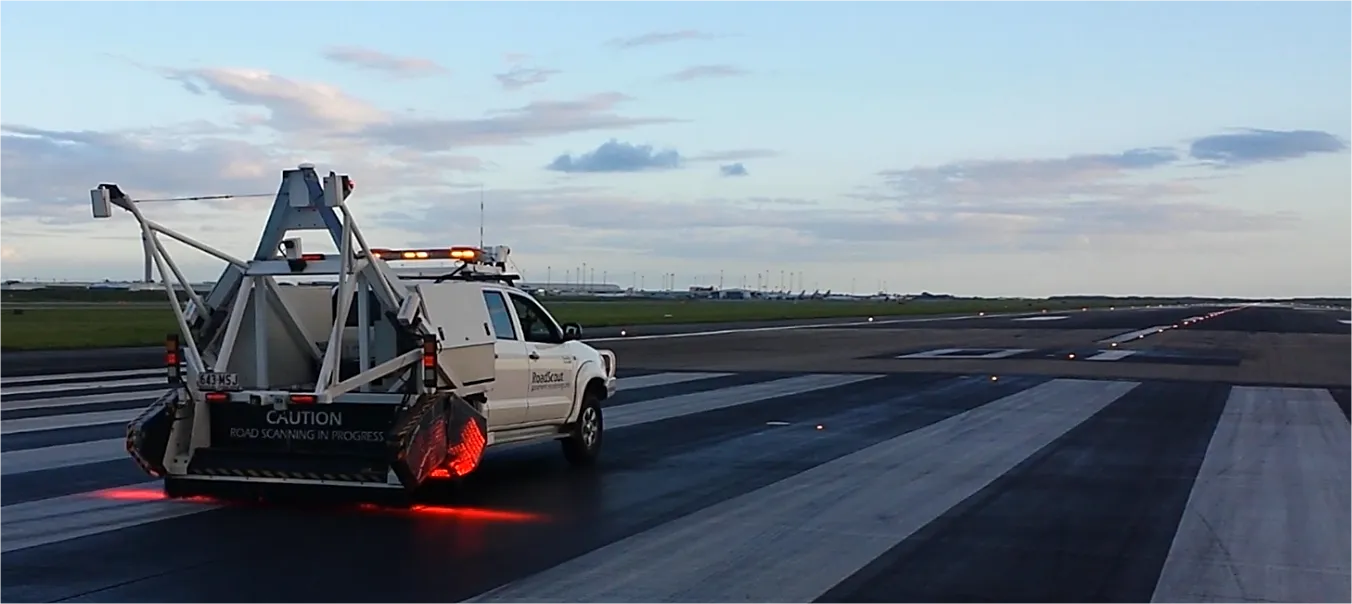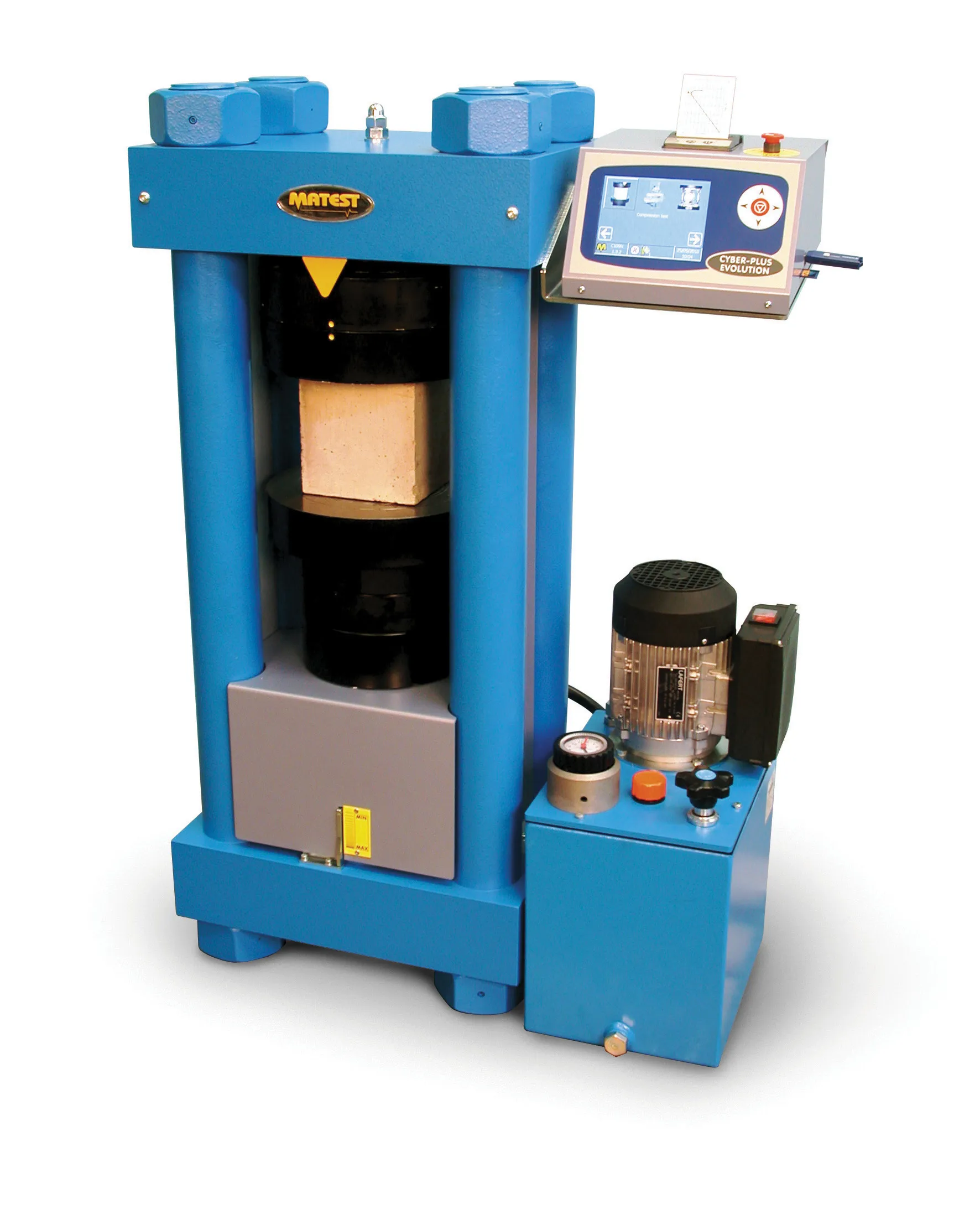The Colorado Department of Transportation (CDOT) is implementing a new pavement texture standard. This revised specification is a response to feedback from the state's drivers with requirements for finishing Portland cement concrete pavement (PCCP). The main change is that the state is discontinuing the use of tining on all PCCP projects. In certain instances the grooved pavement texture produced by longitudinal tining can cause drivers to experience uncomfortable lateral vehicle movement. This is called gr
June 27, 2013
Read time: 2 mins

The 5406 Colorado Department of Transportation (CDOT) is implementing a new pavement texture standard. This revised specification is a response to feedback from the state's drivers with requirements for finishing Portland cement concrete pavement (PCCP). The main change is that the state is discontinuing the use of tining on all PCCP projects. In certain instances the grooved pavement texture produced by longitudinal tining can cause drivers to experience uncomfortable lateral vehicle movement. This is called groove wander and CDOT's pavement design programme manager Jay Goldbaum explained that the state fully-investigated the practicality of moving away from longitudinal tining to address this ride comfort issue. The specification update is a result of CDOT's long-term study of PCCP textures used within the state, including analysis of texture, friction, noise, and accident records. This study was carried out by specialty pavement engineering firm The 5943 Transtec Group. But the texturing methods now required by the specification should not have an adverse effect on the safety of CDOT's pavements. CDOT's updated PCCP specifications require contractors to finish their pavement by broom, burlap or turf drag, or diamond grinding. According to Dr Robert Rasmussen, PE, vice president and chief engineer of Transtec, "Drag and diamond ground textures can be simple to construct, and they are capable of producing smooth and quiet pavement surfaces."
In addition to meeting CDOT's standards for safety and ride comfort, "The new specification will be easier to monitor," said Goldbaum. The standards require pavement texture to be verified with CDOT's CP-77B volumetric method test.
In addition to meeting CDOT's standards for safety and ride comfort, "The new specification will be easier to monitor," said Goldbaum. The standards require pavement texture to be verified with CDOT's CP-77B volumetric method test.









